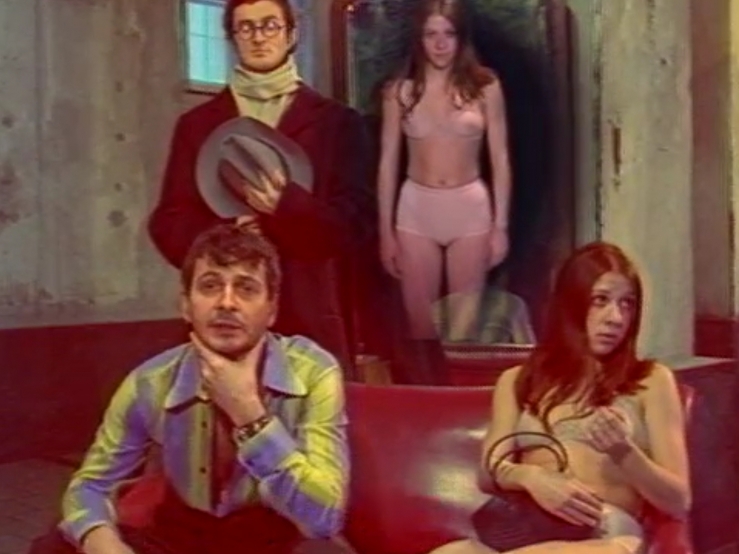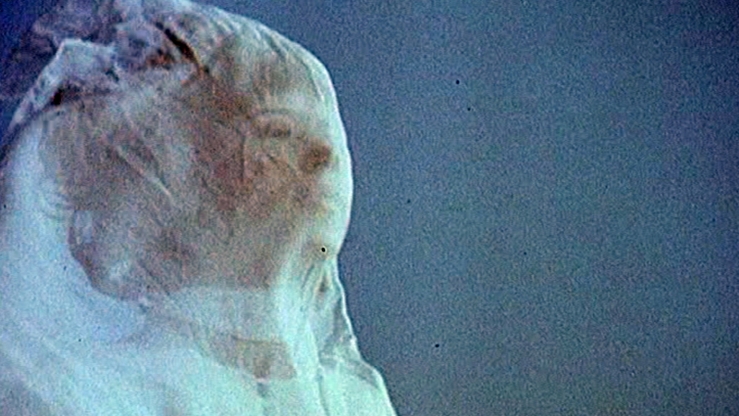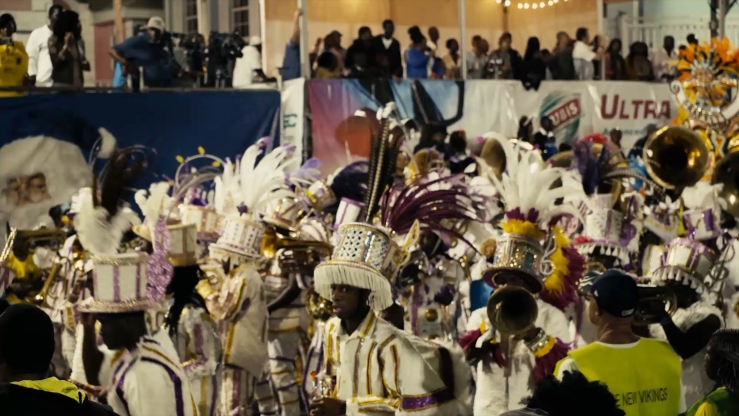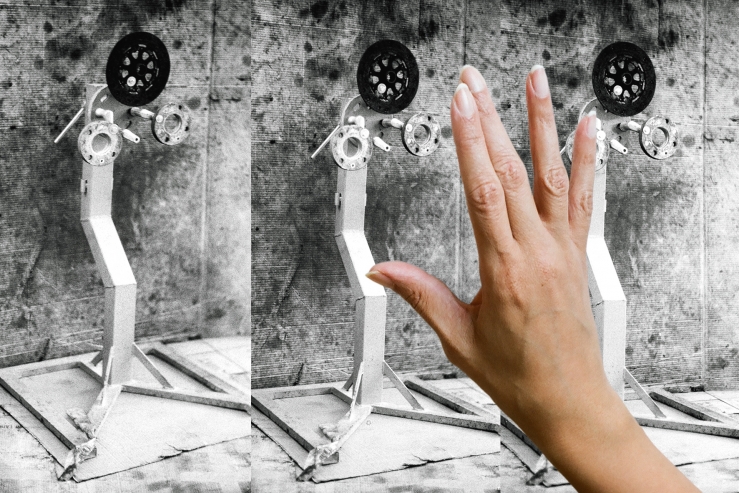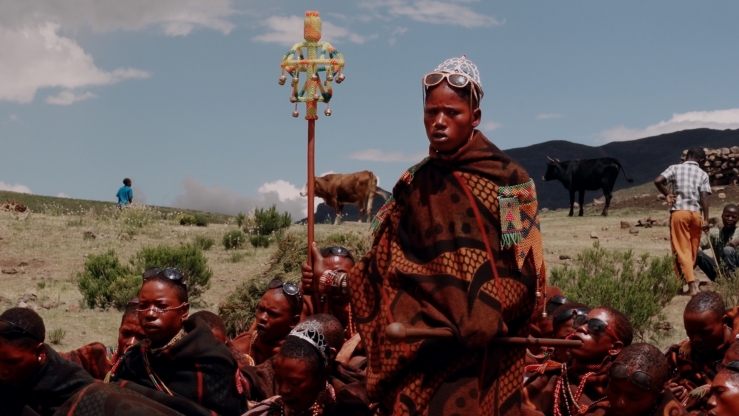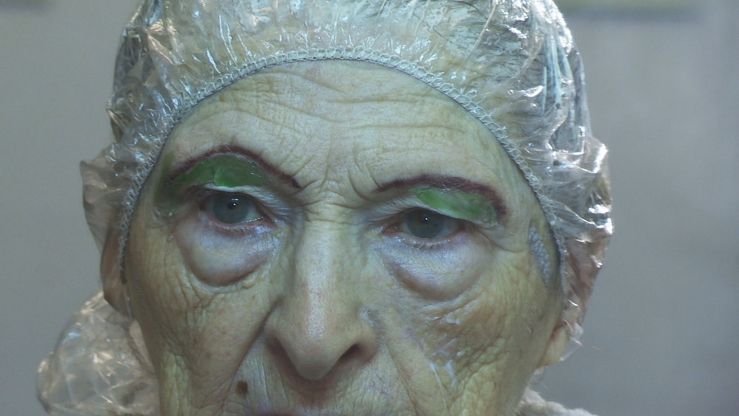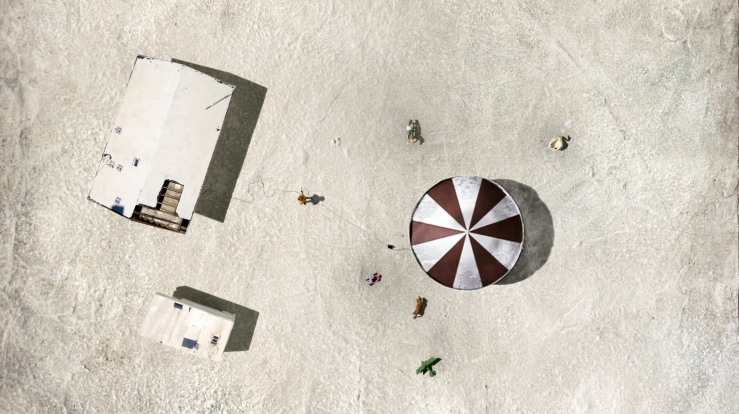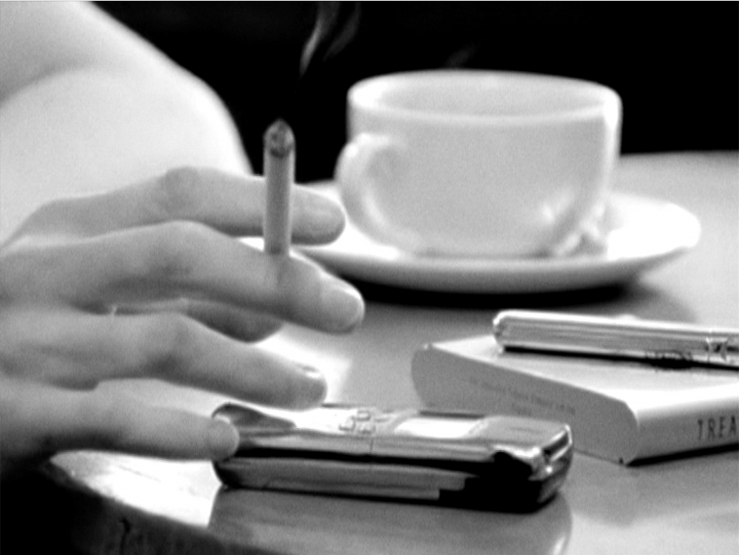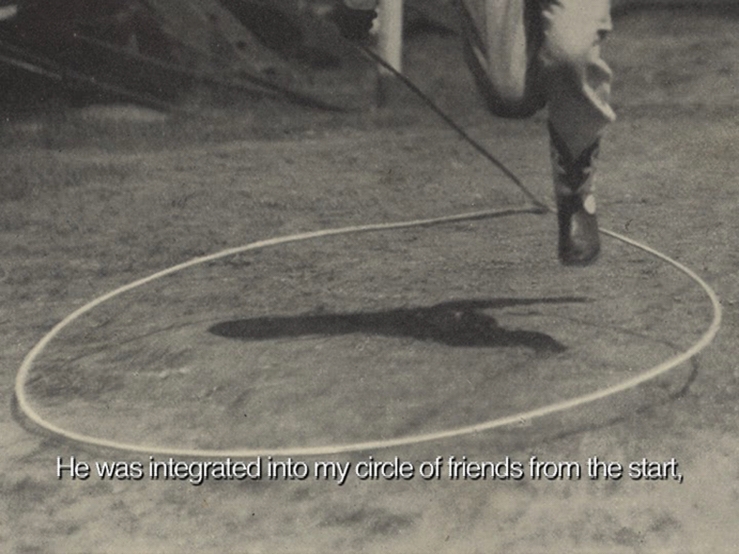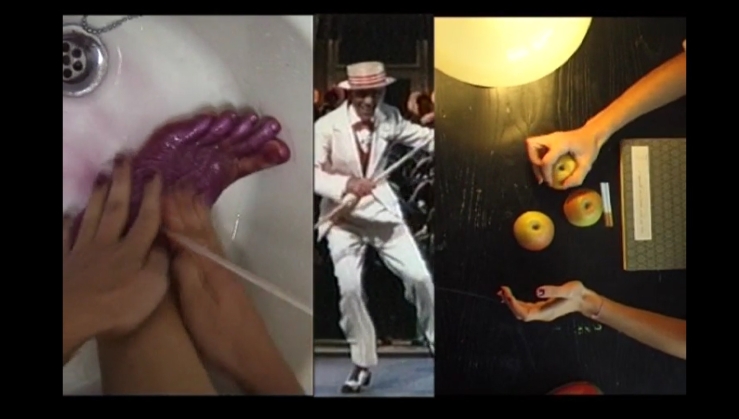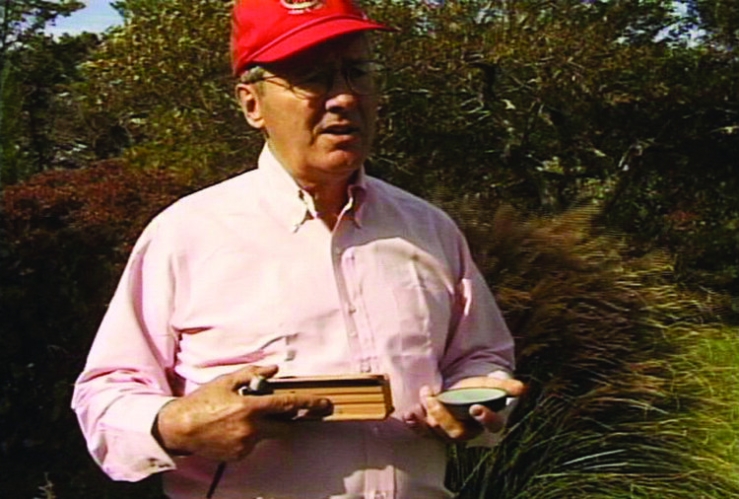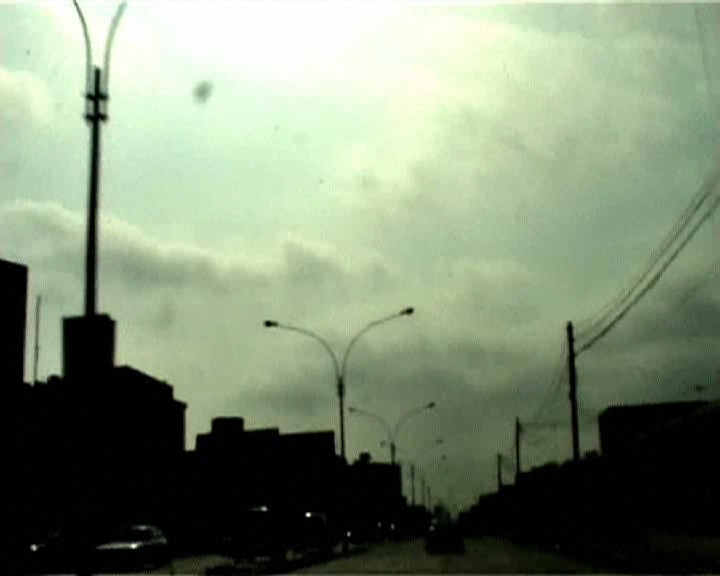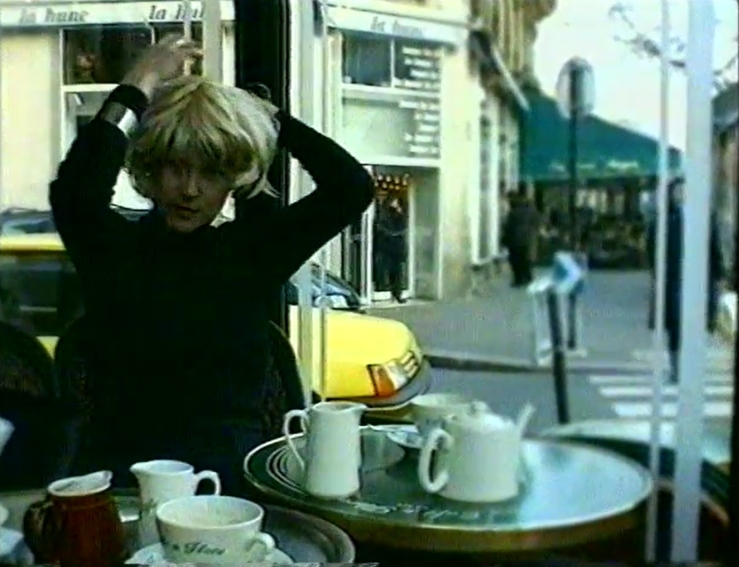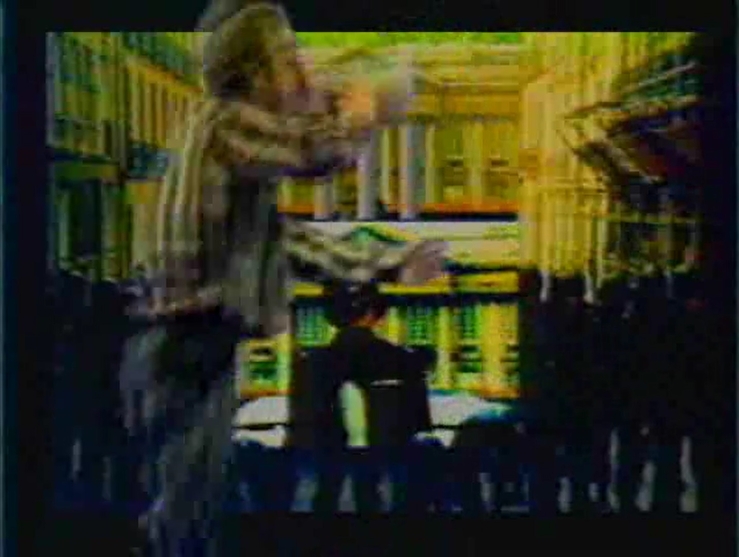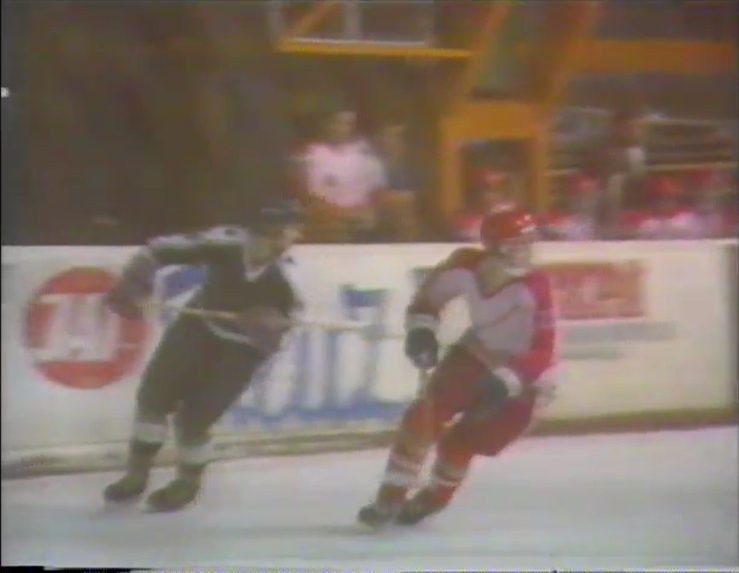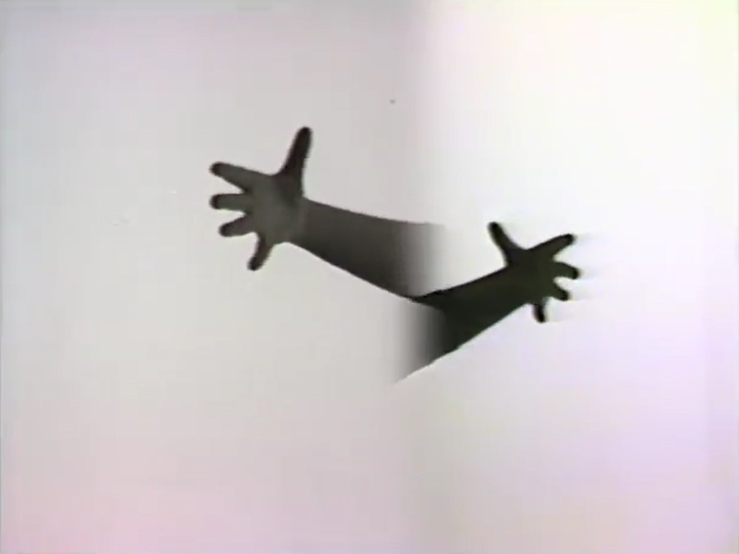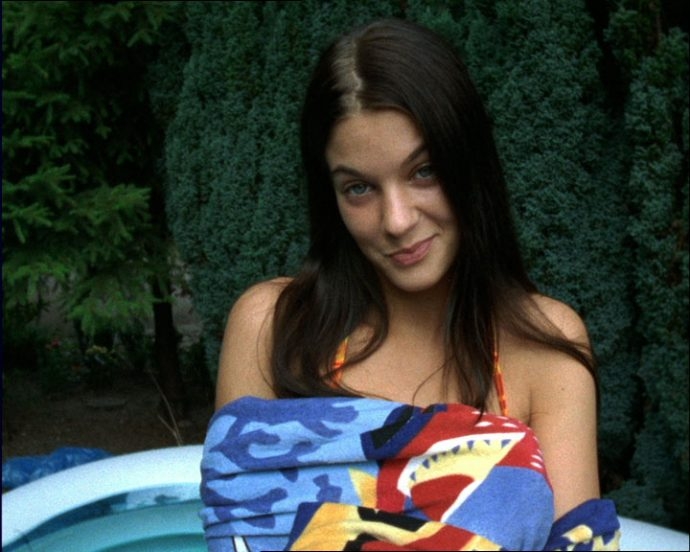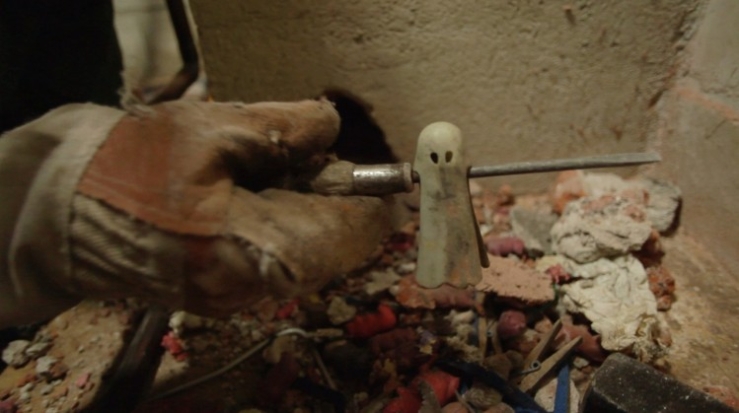Improvement
A long line of people is waiting in a large warehouse setting for what appears to be a casting call. The video sequences alternate between wide, panoramic shots of a warehouse interior filled with typical backstage film paraphernalia: stage lights, make-up stands, camera equipment and close-up scenes of actors going through a set of metamorphosing procedures: new make-up, hairstyle and costume are supposed to transform them into different characters. Yet what is the role they are preparing to play?
The people in the video do not look like professional actors, and after their transformation they look nothing like a coherent set of film characters. Borrowing from conventional film-making vocabulary, Vackar brings together a number of homeless people who undergo a set of transformative procedures turning them into 'normal' people. After their changeover is completed, Vackar's actors remain motionless under the spotlights, modeling their 'normality'. However, their new looks seem to be insipid and unimaginative compared to their pre-transformation appearance. Have they really been 'improved'? Who has the power to establish the hierarchy of tastes and decide what constitutes the aesthetic norm – and what deviates from it? (Olena Chervonik)
About the video
About the artist
- 1979 in Prag, CZE.
Studied at Academy of Fine Arts in Prag, CZE, and at the École Nationale Supérieure des Beaux-Arts Paris, FRA



